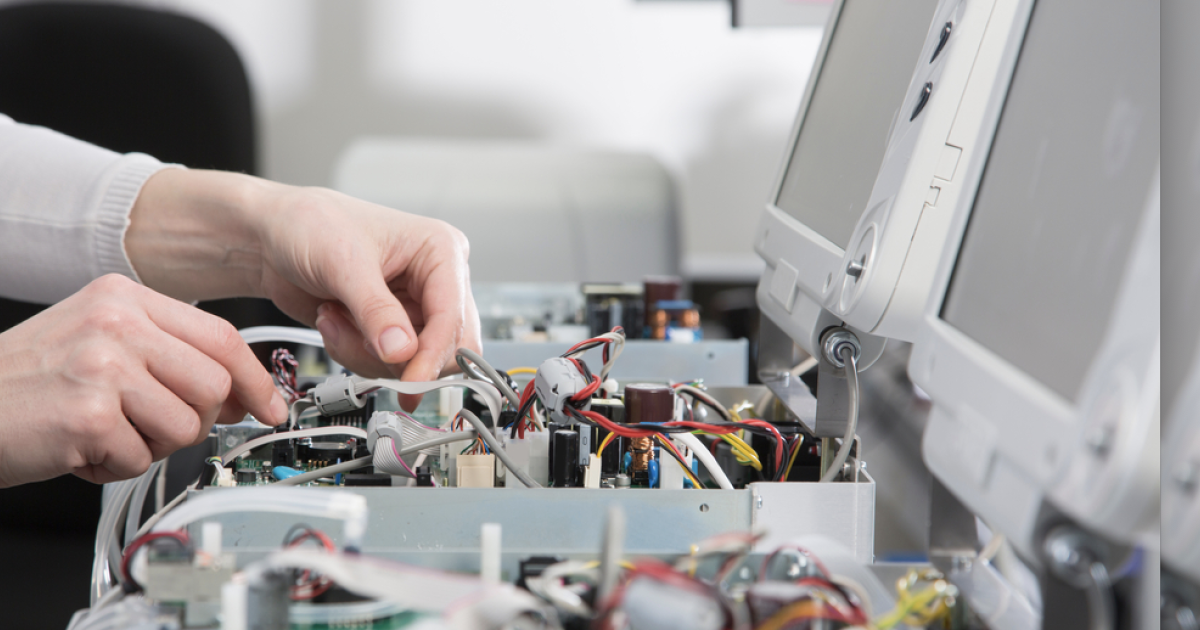In the News: The State of Medical Device Manufacturing

Advancing technology has the potential to save lives in the healthcare industry — but while the medical device manufacturing market is growing, challenges persist. Amid labor shortages, supply chain issues, and product recalls, hospitals and health systems face potential disruption to patient care.
This month’s news roundup explores a few key examples of how medical device challenges are affecting hospital operations and patient care.
Smiths Medical Recalls Infusion Pumps Over Software Issues
Smiths Medical has recalled infusion pumps due to software issues that could lead to safety problems. The CADD-Solis ambulatory pumps may malfunction and fail to alert patients or caregivers, and could potentially expose sensitive information. While many of these issues have been addressed through software updates, the FDA has reported one injury related to the problems.
Hospitals, Health Systems' Labor Crunch Continues to Fade
Labor costs and availability, once major challenges for hospitals during the pandemic, have improved but remain tight. Wage growth has slowed, and hospitals have increased their workforces to meet rising demand. However, the healthcare labor shortage persists, with job openings and quit rates still higher than pre-pandemic levels.
The Cost of Shortages for Hospitals: Premier
Supply chain challenges continue to plague healthcare providers, increasing costs and disrupting care. A recent survey found that inflation, geopolitical events, and labor shortages are major concerns for the coming year. Providers are spending significant time mitigating these issues, which have led to disruptions in critical medical supplies. Despite efforts to improve supply chain resilience, financial pressures remain a significant obstacle.
Medical Device Contract Manufacturing Global Market 2024 To Reach $174.69 Billion By 2028 At Rate Of 14.7%
The medical device contract manufacturing market is booming, reaching $101 billion in 2024 and is expected to hit $175 billion by 2028. This growth is driven by factors like cost efficiency, rising demand for chronic disease management devices, and a trend toward reshoring manufacturing. North America currently leads the market, but Asia-Pacific is expected to see the fastest growth in the coming years.

